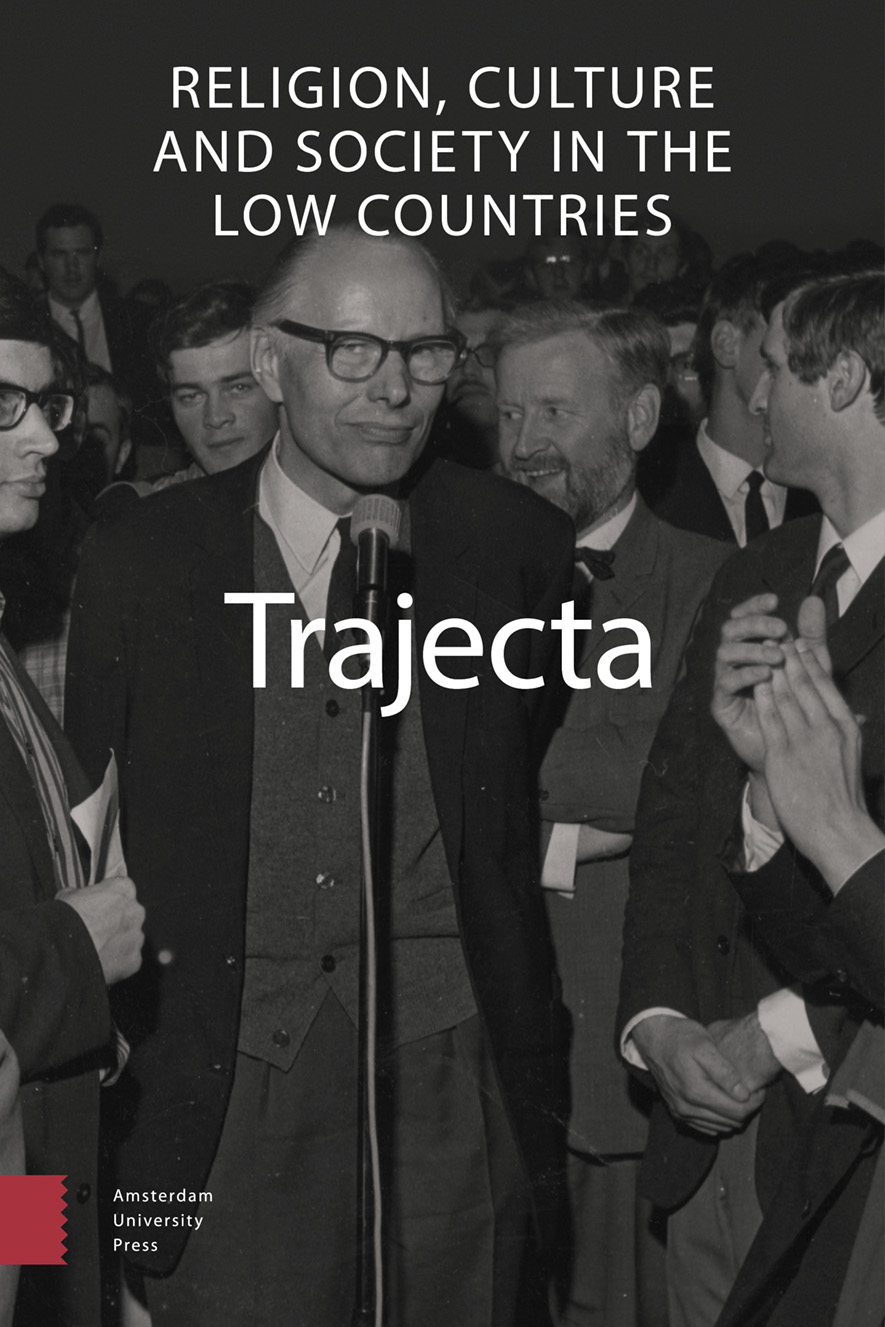-
oa Een doodgewoon Rooms boek?
De Nieuwe Katechismus en de religieuze revolutie van de jaren zestig
- Amsterdam University Press
- Source: Trajecta, Volume 30, Issue 1, Mar 2021, p. 87 - 117
Abstract
After publication of De Nieuwe Katechismus (translated mostly as The Dutch Catechism, literally: The New Catechism) in 1966, a harsh conflict broke out between the authors of the book and the Vatican. According to censors appointed by the Vatican, the book may have not contained heresy, but some parts were not in accordance with the Church’s teachings. Three years later, an appendix was published. The appendix was accepted by the Dutch episcopacy, responsible for the book, but the authors remained in opposition. They considered De Nieuwe Katechismus to be nothing more than ‘just another catholic book’. Both in older as more recent studies on (Dutch) Catholicism in the sixties, the conflict on the De Nieuwe Katechismus frequently appears as showcase for the troubled relations between the progressive Dutch church province and the orthodox or conservative powers in the Vatican. Meanwhile, both the conception and content of the book are poorly analysed. In this article, I present a contextualised history of the book and the ideas of its authors of what it meant to be catholic in the modern age. Conclusion is that, in order to truly understand both the religious revolution of the sixties and the provenance of important ideas on self-expression and self-fulfilment that shaped our understanding of modernity after the sixties, we ought to take a closer look on new perspectives on modernity and religion that arose in religious communities after the Second World War. From that perspective, the ideas behind the publication of De Nieuwe Katechismus is of greater historiographical relevance then the conflict that broke out after publication.


